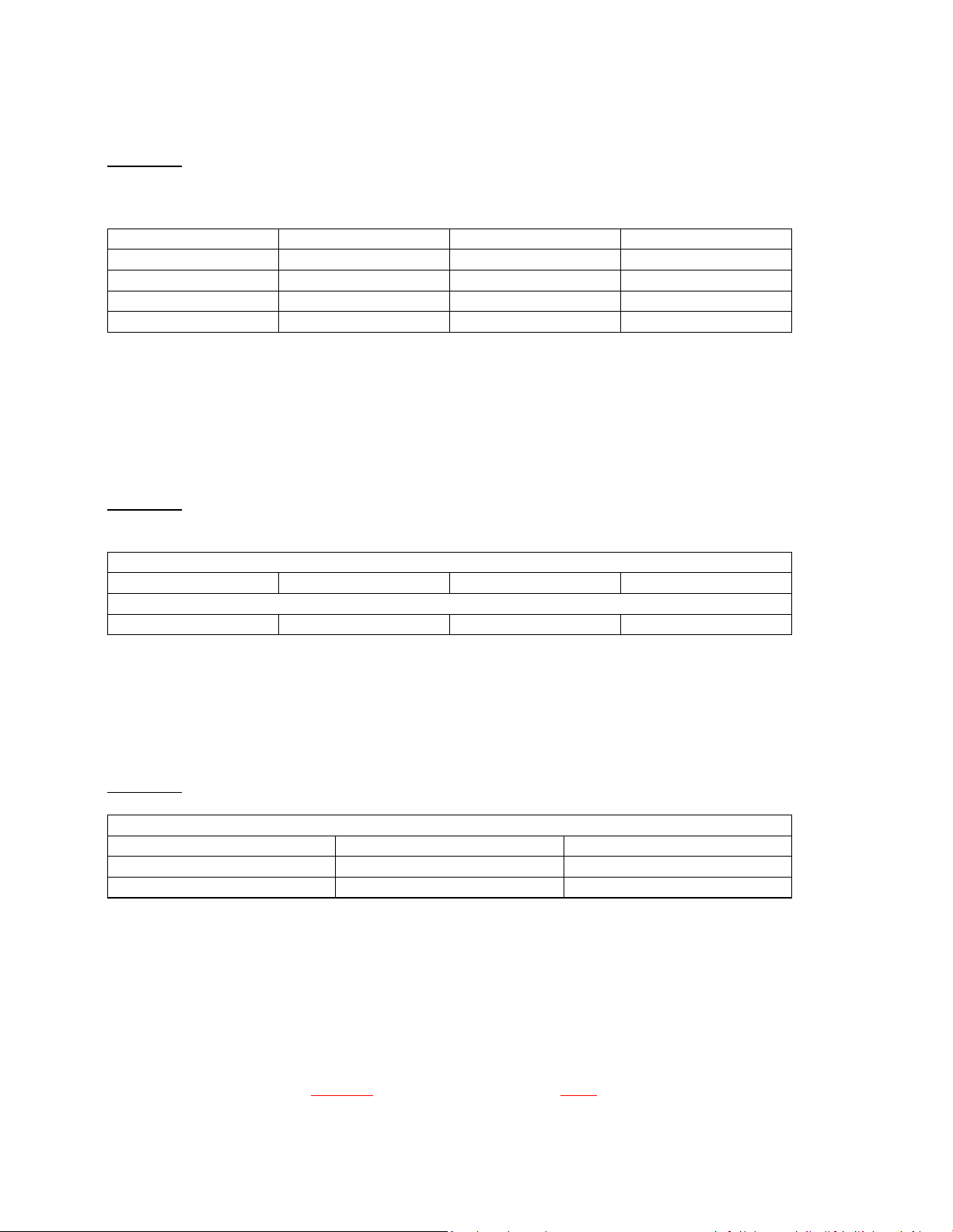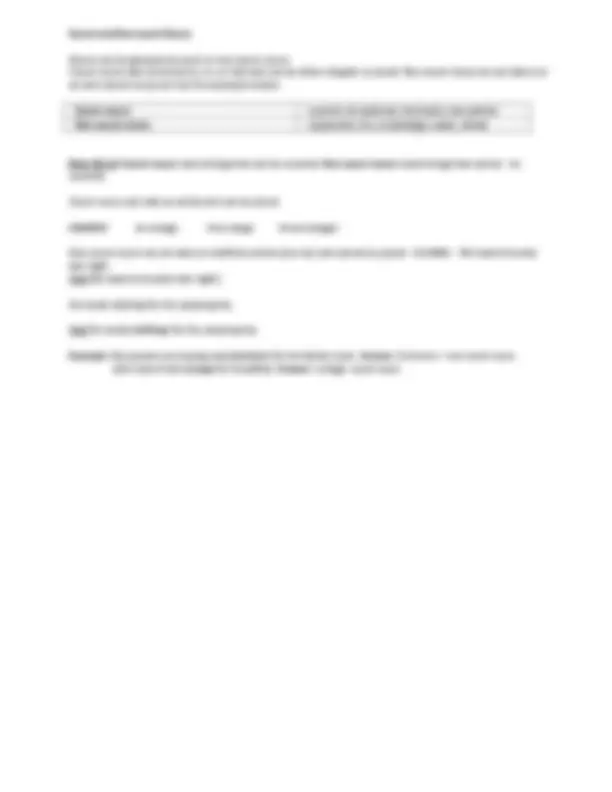



Study with the several resources on Docsity

Earn points by helping other students or get them with a premium plan


Prepare for your exams
Study with the several resources on Docsity

Earn points to download
Earn points by helping other students or get them with a premium plan
Community
Ask the community for help and clear up your study doubts
Discover the best universities in your country according to Docsity users
Free resources
Download our free guides on studying techniques, anxiety management strategies, and thesis advice from Docsity tutors
This study guide provides an overview of nouns, their classification into concrete and abstract, collective, and count or non-count categories. Learn the rules for identifying different types of nouns and examples to help reinforce your understanding.
What you will learn
Typology: Schemes and Mind Maps
1 / 2

This page cannot be seen from the preview
Don't miss anything!


13.1 Nouns
Types of Nouns - Study Guide
Nouns are naming words. Words such as friend, sky, dog, love, courage , and Seattle are nouns. Rule 13.1.1 : A noun names something. Most nouns fall into four main groups. People, Places, Things, and Ideas The nouns in the chart are grouped under four headings. You may know most of the nouns under the first three headings. You may not have realized that all the words in the fourth group are nouns.
PEOPLE PLACES THINGS IDEAS doctor Houston collar strength Americans classroom book honesty student kennel motorcycle love leader Bunker Hill pen obedience
Example: Amira went to Austin last week. Answer : Amira – Austin – week Eric kicked the ball. Answer : Eric – person; ball - thing
Concrete and Abstract Nouns
Nouns may be classified as concrete or abstract. In the chart above, People. Places, and Things are concrete nouns. Ideas are abstract nouns. Rule 13.1.2 : A concrete noun names something that can be recognized through any of the five senses. An abstract noun names something that cannot be recognized through the senses.
CONCRETE NOUNS pencil dog tractor river ABSTRACT NOUNS courage fun honor exploration
Example: Jules never forgot the stranger’s kindness. Answer : Jules – concrete; kindness - abstract
Collective Nouns
A few nouns name groups of people of things. A pack, for example, is "a group of dogs or other animals that travel together." These nouns are called collective nouns. Rule 13.1.3 : A collective noun names a group of people or things.
club herd army troop orchestra committee class team group
A collective noun names a group of people or things. Examples of collective nouns are audience, crowd, couple, and family. Collective nouns are usually followed by the word "of" and a noun telling who or what belongs in that group.
What Verb To Use With a Collective Noun? Collective nouns can be tricky to pair with verbs. They can often appear to be plural when in fact they are singular. Nouns and verbs must be in agreement to make an accurate sentence. Most collective nouns use a singular noun instead of a plural noun. This means that they require a singular verb. Examples : The litter of kittens was born under the stars. The family takes a lot of photos on vacations. Read the examples below. Here, the collective nouns and the verbs are shown in bold Example: The pride of lions hunts every night. Answer : pride – refers to a group of lions, which works as a unit.
Count and Non-count Nouns
Nouns can be grouped as count or non-count nouns. Count nouns take an article (a, an, or the) and can be either singular or plural. Non-count nouns do not take a or an and cannot be plural. See the examples below.
Count nouns a pencil, an eyebrow, the books, two parties Non-count nouns equipment, fun, knowledge, water, wheat
Rule 13.1.4 : Count nouns name things that can be counted. Non-count nouns name things that cannot be counted.
Count nouns can take an article and can be plural.
EXAMPLE an orange the orange three oranges
Non-count nouns do not take an indefinite article (a or an) and cannot be plural: EXAMPLE We heard thunder last night. ( not We heard a thunder last night.)
He needs clothing for the camping trip.
( not He needs clothings for the camping trip.
Example: My parents are buying new furniture for the family room. Answer : furniture – non-count noun John had a fresh orange for breakfast. Answer : orange- count noun